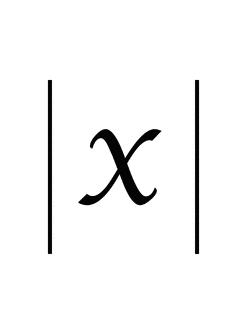The last few chapters have really helped me to refine my thinking around memory vs automaticity and invented strategies vs algorithms. After listening to Fosnot and reading Young Mathematicians at Work I have a better understanding not only of what each of these terms represents but how they can be incorporated into a classroom.
The examples in the book clearly demonstrate that good number sense is imperative to being able to work through a string of problems to expose mathematical ideas. A good example of this is the question 76 x 89. As I dug into this question I believe that the reason the students could explore the distributive property with such eloquent solutions was because of their ability to be flexible and fluent with numbers. It was their automaticity that helped them to construct their own theories and compare and contrast their thinking with others. I don’t think that the memorization of facts alone or the presentation of the multiplication algorithm would have supported students in creating their own invented strategies to support their understanding.
Which gets me to my title…..there are almost no absolutes in math.I don’t think the right message is sent to students if we start with the algorithm and insist that they simply memorize the steps. This narrow exposure implies that mathematical thinking has but one approach, and we all know that this is far from what any mathematician would say. I see automaticity and invented strategies as the means by which we can support creativity and allow for variations in mathematical solutions.That being said, I can appreciate that as we become more efficient in our mathematical thinking we may use recall (memorization) and some more efficient strategies (algorithms) to explain our thinking.
Proficiency in mathematics is still something to strive for, but I believe we need to rethink the path we take to reach this goal.


Unfortunately the present curriculum is extremely weak. which makes it very difficult for any teacher to move anyone anywhere. Secondly, I never had a teacher who just expected me to memorize anything. I always got explanations. I am 61.
LikeLike
The difference between automaticity and memorization has been on my mind too. I’ve been thinking about how it applies to addition and subtraction too! I saw today how important it is that the students have strategies for figuring things out. A student encountered a question that he didn’t have any hope of having memorized, but he had a strategy for figuring it out.
Unlike Teresa above, I feel like I was mostly expected to memorize…facts, and formulas. “Yours is not to reason why, just invert and multiply!” That’s what my grade 8 math teacher used to tell us to remember when dividing fractions.
LikeLike